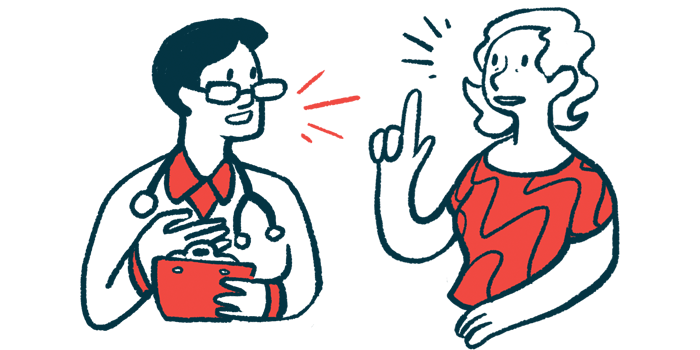Fewer HAE Attacks Evident With Takhzyro Use in Canadian Study

Use of Takhzyro (lanadelumab) for at least six months led to fewer hereditary angioedema (HAE) attacks and treated attacks, a case review study from Canada reported.
Three of its 12 patients went into complete remission, and all enjoyed a more comfortable social life, the investigators noted.
The study, by researchers from several Canadian institutions, is titled “Impact of lanadelumab in hereditary angioedema: a case series of 12 patients in Canada,” and published in the journal Allergy, Asthma & Clinical Immunology.
Takhzyro is approved for the long-term prevention of attacks in people with HAE type 1 and 2. It counters the swelling typically seen in those attacks by preventing an enzyme called kallikrein from releasing bradykinin, an inflammatory molecule that, in high amounts, triggers swelling by increasing blood vessel permeability, or leakiness.
Although the medication reduced attacks and improved various quality of life measures in patients participating in several in clinical trials, there appear to be no reports detailing its effects among HAE patients in Canada.
Researchers with St. Michael’s Hospital in Toronto, the University of British Columbia in Vancouver, and Dalhousie University in Halifax reviewed the available medical charts of HAE patients receiving long-term prophylactic, or preventive, treatment with Takhzyro at those three institutions.
They identified a total of 12 patients using Takhzyro for at least six months. Their mean age was 43, with an average of eight years from HAE symptom onset to diagnosis.
Most of them — 10 out of 12 patients — were on long-term preventive treatment with plasma-derived C1 inhibitors (pdC1-INH), given either intravenously or subcutaneously (under-the-skin injection), prior to starting treatment with Takhzyro. The other two had never used any long-term prophylactic agents before Takhzyro.
All but one individual received 300 mg of Takhzyro, given subcutaneously, every two weeks. The treatment regimen for that one person was changed from administrations every two weeks to every four weeks, due to being attack-free for six months.
After patients began treatment with Takhzyro, mean overall attack rates dropped by 72%, while treated attack rates fell by 62%. Specifically, the median number of annual HAE attacks dropped from 11 to three, and that of treated attacks from six to two. Three patients remained attack-free after starting treatment with Takhzyro.
Whereas three patients reported losing work days due to HAE in the year before beginning treatment with Takhzyro, only one remained off work due to HAE afterwards.
Finally, eight of the 12 patients reported that HAE did not affect their social outings after starting treatment with Takhzyro.
“Our case series demonstrates that [long-term prophylaxis] with [Takhzyro] resulted in considerable reductions in HAE attack rates in all patients enrolled in the study,” the investigators wrote.
They noted that in their study, Takhzyro’s efficacy appeared to fall under that observed in the Phase 3 HELP trial (NCT02586805), although they pointed out that the two studies are not directly comparable. They argued this difference in efficacy might be explained by the “extensive use” of pdC1-INH by Canadian patients. This, they reported, could mean that Canadian patients were in better overall health at the start of the case study, making the difference in outcomes before and after treatment with Takhzyro appear smaller.
“Our case series findings support the 2019 International/Canadian HAE guideline that [Takhzyro] is an effective therapy for long term prophylaxis,” they wrote. “In our patient population, initiation of [Takhzyro] improved disease control, minimized the burden of treatment and improved HAE impact on social outings.”







